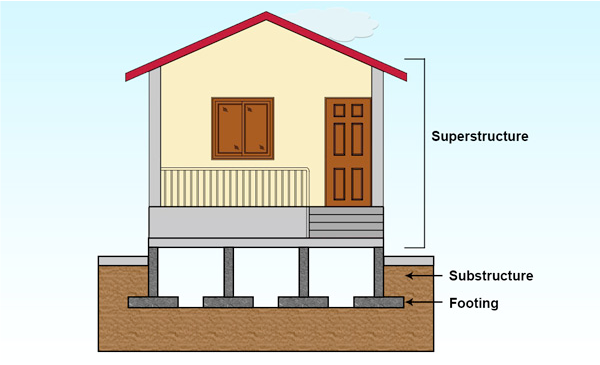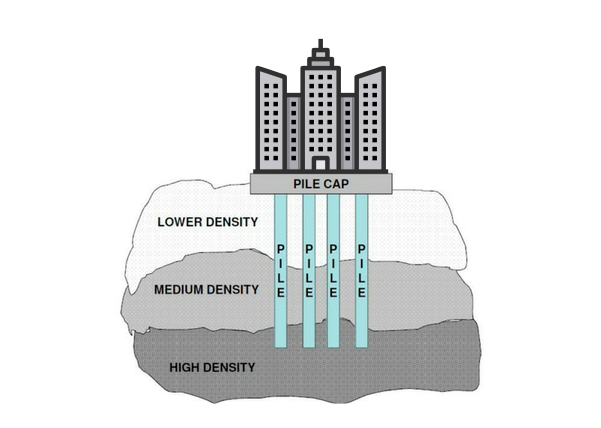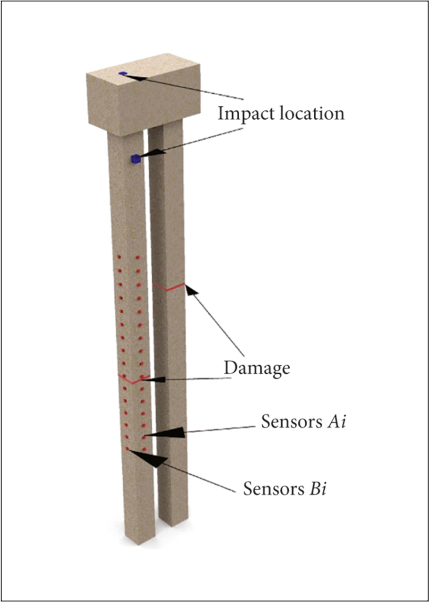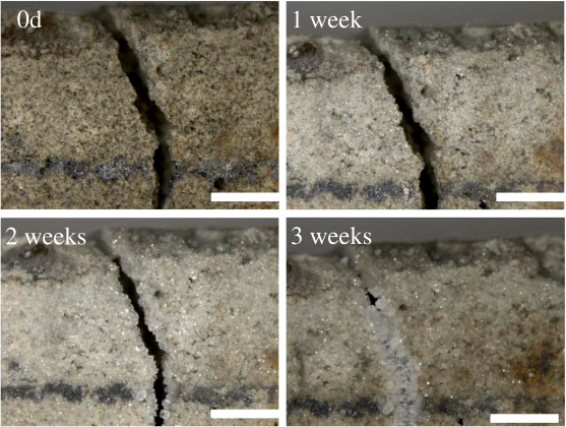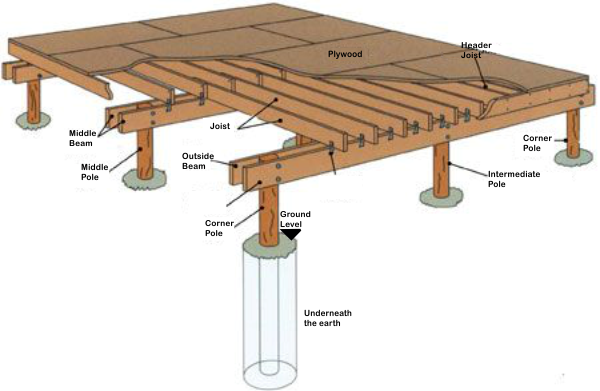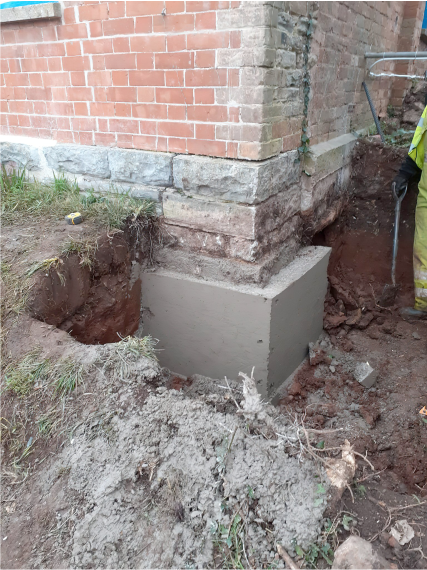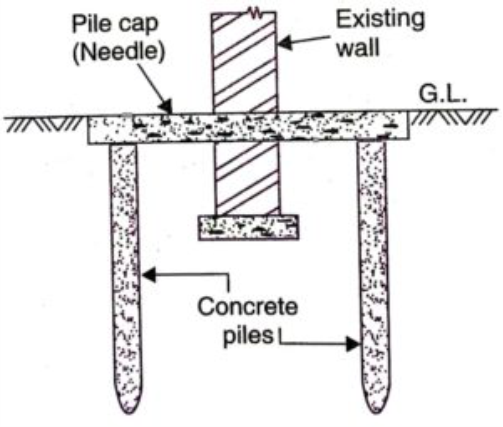Solid Foundations: Building Right with Soil Investigation
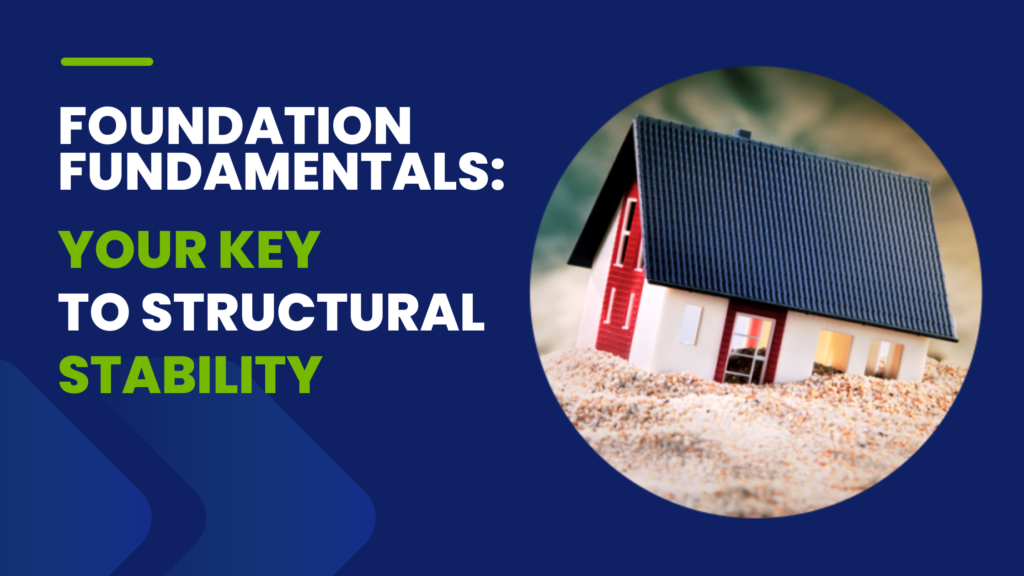
Introduction
In the world of construction, where dreams of towering skyscrapers and cosy family homes come to life, there’s an unsung hero, always hidden in the dirt beneath the earth, that often goes unnoticed – the Foundation. It’s the bedrock upon which architectural aspirations are built, the silent watchman that ensures your structure stands tall through the test of time.
Now, imagine for a moment a world without strong foundations. Buildings would teeter, walls would crumble, and dreams would shatter. The importance of foundations cannot be overstated; they are the invisible hands that hold your architectural dreams aloft.
But what truly lies beneath the surface? How do foundations work their magic, ensuring structural stability and safety? What makes them so utterly indispensable? In this exploration of foundation fundamentals, we’re about to unearth the answers.
Whether you’re a seasoned builder or someone dreaming of constructing their first home, the knowledge of foundation fundamentals will empower you. It will transform your vision into a reality that is not just aesthetically pleasing but built to last.
So, grab your hardhat and get ready to embark on a journey through the core of construction. In this article, we will decode the secrets of foundations, understand their importance, explore various types, and delve deep into the materials, design, and construction processes. By the end of this article, you’ll not only appreciate the magic happening beneath your feet but also recognize the pivotal role you play in ensuring your structure’s strength and stability. Welcome to the world of Foundation Fundamentals.
Setting the Stage: The Vital Role of Foundations
Foundations are often the silent, unseen heroes of every structure. They provide the essential support needed to withstand the entire load of any structure placed on them and continue doing this enormous role through the test of time within continuous environmental challenges.
The Unseen Heroes: How Foundations Support Structures
Foundations are the unsung heroes of every architectural marvel. They bear the entire weight of anything placed on them, quite literally, providing a stable platform for buildings to rise. Beyond their apparent duty of load-bearing, foundations ensure structures resist settling, seismic forces, and other environmental challenges.
By distributing the weight of the entire structure evenly and anchoring into the earth penetrating deed or staying shallow, foundations grant stability and longevity to the grandest skyscrapers and humblest abodes alike.
The Importance of Strong Foundations
In the world of construction, the adage “built to last” finds its roots in one fundamental truth: a well-built foundation determines if a structure will stand the test of time.
Beyond the surface allure of architectural wonders, it is the strength below that truly matters. A strong foundation isn’t merely a support; it’s the assurance of longevity, resilience against natural forces, and the safeguarding of occupants. It forms the bedrock upon which dreams, structures, and entire communities are built.
Types of Foundations
Foundations come in various forms, each tailored to specific needs and conditions. In this section, we’ll unravel the distinct characteristics and advantages of different foundation types, from the classic slab foundations to innovation.
In the intricate realm of construction, where every detail matters, the choice of foundation is akin to how a tree selects its roots. Shorter trees are usually wide and develop broader shorter roots while taller trees are usually slender and develop deeper roots.
Whatever the foundation chosen, it must provide stability, adapt to the environment, and ensure the structure stands strong against the test of time. Four primary foundation types—strip, pad, raft, and pile foundations—serve as the building blocks of structural integrity.
Pad foundations:
A close cousin to strip foundations, are singular, dense concrete pads that bear the load of structural columns or beams. Their efficiency makes them a popular choice for smaller two floor buildings like residential duplexes that transfers loads of the first floor down to the ground or also when columns are spaced at varying distances.
Raft foundations:
Sometimes called “Mat” foundations, provide broad, continuous support beneath an entire structure. This expansive base is particularly suitable for buildings on soil with relatively weak and uneven bearing capacities. The concept of raft foundation is to expand the contact surface area of the foundation and earth beneath it, so with raft foundation the entire ground floor slab is the foundation. Raft foundation can be used for houses built with underground basements, underground parking or just a simple bungalow or duplex built on relatively weak soil.
Pile foundations:
these deep divers of the foundation world, reach down into the earth to support structures on strong soil or rock with load-bearing capacity way higher than what the soil on the surface is capable of carrying. These cylindrical piles, made of concrete or steel, driven into the ground, transfer the load of the structures above them to a more stable stratum below. Pile foundations can be employed for very heavy structures like bridges, multi-story buildings, telecom towers etc that demand soils that can very high bearing capacities to withstand such loads. And such soils can only be found in the densely compacted soils and rocks beneath the soil
Each foundation type is a testament to the art and science of construction, adapted to meet the unique challenges of the location and ensure the structure stands firm, regardless of the terrain below.
Innovations in Building Foundation Construction
Innovation in building foundation construction is revolutionizing the way we establish the structural backbone of our edifices. From advanced materials to cutting-edge techniques, the construction industry is experiencing a renaissance in foundation technology.
One notable breakthrough is the integration of high-strength, lightweight materials that not only bolster structural integrity but also reduce the overall weight burden on the foundation.
Carbon Fiber-Reinforced Polymers (FRP):
These composite materials combine strong fibers (like carbon, glass, or aramid) with a polymer matrix. They are known for their high strength-to-weight ratio, heat resistance and their incredibly high tensile strengths, making them ideal for various applications in construction.
Smart Sensors:
Additionally, advanced geotechnical studies and real-time monitoring systems have elevated our understanding and control over the foundation’s behaviour, ensuring it adapts seamlessly to dynamic environmental conditions.
Pile foundations are being equipped with smart sensors that monitor factors like load distribution and soil conditions in real time. This data helps optimize the design and maintenance of foundations for increased stability.
Self Healing Concrete:
Eco-conscious innovations like self-healing concrete is ushering in an era of sustainability, promising not only robust structures but also a reduced ecological footprint in the construction industry. This innovative material contains special bacteria that can produce limestone, effectively “healing” cracks in the concrete. It enhances the durability of foundations by preventing the ingress of water and corrosive substances.
With these strides, foundations in buildings are evolving from a static support system to a dynamic, adaptable, and eco-friendly cornerstone of modern construction.
Foundation Materials
In the realm of construction, the significance of foundation materials cannot be overstated. These elemental components form the bedrock upon which our architectural aspirations take root. The choice of foundation materials is a critical decision, as it sets the stage for a structure’s longevity and stability.
From the enduring strength of reinforced concrete to the natural resilience of stone, each foundation material possesses unique characteristics that influence a building’s structural integrity. Understanding the properties and applications of these materials is paramount in constructing a solid and dependable edifice.
Concrete: The Unyielding Backbone
Concrete stands as the cornerstone of modern construction. Its versatility and robustness make it a favoured foundation material. With the right mix of cement, aggregates, and water, it forms a resilient base that can withstand formidable loads and the test of time.
Steel: Reinforcing Strength
In conjunction with concrete, steel rebar takes center stage. Its tensile strength complements concrete’s compressive strength, creating a formidable duo. This marriage of materials ensures that a foundation can bear immense weight without succumbing to structural compromise.
Choosing Foundations Wisely
Ultimately, the selection of foundation materials hinges on a myriad of factors – from the type of structure to local geological conditions. A judicious choice, based on a thorough understanding of each material’s attributes, is the cornerstone of a stable and long lasting foundation.
In the world of construction, where stability is paramount, the right foundation material paves the way for architectural brilliance. Each material brings its own character, contributing to the narrative of a structure’s strength and longevity. So, whether it’s the unyielding embrace of concrete or the timeless charm of natural stone, the foundation lays the groundwork for a structure’s lasting legacy.
Soil Considerations
The choice of foundation is not solely about the structure above the ground, it begins with what lies beneath. Soil considerations are the bedrock of any stable foundation, silently influencing the longevity and stability of structures.
These considerations involve a comprehensive understanding of the soil composition, drainage characteristics, and load-bearing capacity of the ground on which a building will stand. Different soil types, such as clay, sand, or silt, react differently to the weight of a structure, making it crucial to select the appropriate foundation design and materials.
The importance of soil testing to ensure its compatibility with the various foundation types, and further exposes engineers to better strategies for managing and predicting foundation defects or settlement.
For more on Soil Investigation click → “Here“
Foundation Design
Foundation design is the bedrock of any sturdy and reliable structure. It’s the blueprint that ensures a building stands tall against the tests of time and nature. A well-considered foundation design takes into account various factors, including soil type, load-bearing capacity, and local climate conditions.
It’s a delicate balance of art and science, where engineers and architects work hand-in-hand to create a solid base that distributes the weight of the building evenly. This not only prevents settlements or structural damage but also allows for seamless integration with the architectural vision.
From shallow foundations like slab or strip foundations to deep foundations like piles, each design is tailored to the unique needs of the project. In essence, a thoughtfully crafted foundation design is the key factor behind every enduring structure, providing the essential support that ensures buildings stand tall for generations to come.
Foundation Maintenance
Note: If properly designed and built according to the designed specifications, Foundations require no further maintenance throughout the lifespan of the structure.
However in situations where a foundation is noticed to be failing due to structural problems or uneven settlement of the soil beneath the foundation, care must be taken to preserve the integrity of that faulty portion to prevent it from extending to the entire structure. A major repair methods for addressing common foundation issues is the underpinning method.
Underpinning:
This involves deepening an existing foundation or parts of foundation down to firmer ground to create even support for the structure.
In the world of construction, few processes are as intriguing and vital as underpinning. This technique, often hidden from the spotlight, holds the power to breathe new life into aging structures, correct foundation issues, and support ambitious renovations. Underpinning involves strengthening the foundation of a building or structure by extending its depth or breadth. Whether it’s due to soil instability, subsidence, or the desire to add extra floors, underpinning is the ultimate solution to ensure a building’s stability and longevity. Join us as we delve deep into the world of underpinning, uncovering its techniques, benefits, and the transformative impact it has on the structural landscape
These are the two most common techniques of underpinning:
(1) Mass concrete underpinning:
Mass concrete underpinning is a traditional and widely used method for stabilizing and strengthening existing foundations. This technique involves excavating sections beneath the existing foundation and filling them with a large volume of concrete. The new concrete, known as the “mass,” effectively extends the depth and breadth of the foundation, providing enhanced support.
(2) Mini-Piles Supporting Structures via Needle or Raft Beams:
Mini-piles are slender, deep foundation elements that are drilled or driven into the ground to provide support. They are typically made of steel or reinforced concrete and are installed in a grid pattern beneath the existing foundation.
Once the mini-piles are installed, they can be connected using horizontal elements called needle or raft beams. These beams distribute the load evenly across the mini-piles and provide additional stability.
Mini-piles are especially useful in situations where access is limited, or in areas with weak or variable soil conditions. They offer a versatile and effective solution for stabilizing and strengthening foundations.
Source of picture: https://cementconcrete.org/buildings/underpinning-methods-procedure-foundation-strengthening-repair/2092/
Routine maintenance in the form of regular inspections can greatly extend the lifespan of your foundation. The earlier the problem is noticed the easier it is to conceal and mitigate the issue to that location rather than allowing it spread its negative impact on other sections and thereby affecting the integrity of the entire structure.
Conclusion
In the realm of construction, understanding foundation fundamentals is akin to deciphering the blueprint of structural integrity. It’s the bedrock, the unsung hero, ensuring edifices stand tall and unwavering. As we conclude this exploration, remember, a solid foundation isn’t merely concrete and steel; it’s the promise of a stable and enduring legacy, etched in every cornerstone of architectural marvels.
Follow Our Social Media
Call Us Now
Come Visit us At:
Tulip 6, Prime Water Gardens II, Lekki, Lagos. Nigeria





